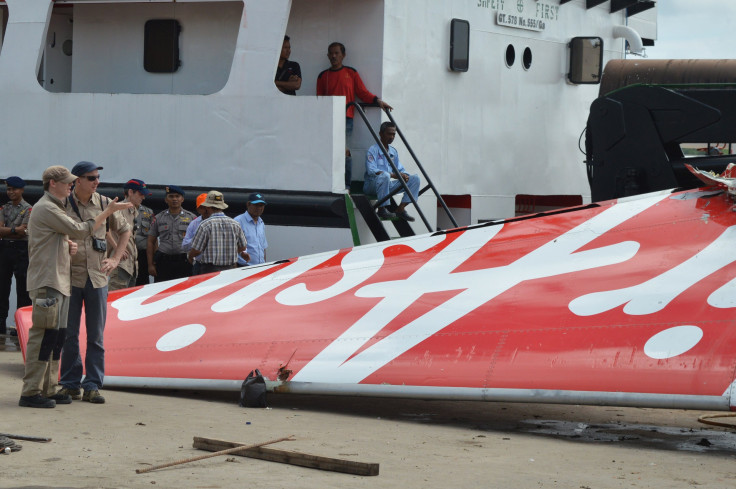AirAsia Flight 8501: Pilots Cut Power To Critical Computers Shortly Before Crash: Report

The pilots of AirAsia Flight 8501 cut power to a critical computer system designed to prevent the aircraft going out of control a short time before the plane crashed in the Java sea Dec. 28, according to people with direct knowledge of the investigation into the crash, cited in a Bloomberg report.
The decision to cut power to the computers was reportedly a factor in causing the crash. The sources said that the pilots were attempting to address alerts from other flight control computers, and subsequently cut power to the entire system, which comprises two separate computers that back each other up.
An aviation safety consultant told Bloomberg that Airbus, the manufacturer of the aircraft in question, an A320, discourages pilots from cutting power to systems, as the aircraft is highly dependent on its computer systems, and one component of the system can affect others.
Questions about the flight's final moments still remain, but significant information about those last seconds has come to light in recent days.
Yesterday it was revealed that that Flight 8501's relatively inexperienced first officer was at the aircraft's controls when it made what investigators described as an “unbelievably” steep climb, ascending 5,000 feet in just 30 seconds.
Such a rate of climb is outside the performance envelope of the A320. It is believed that the climb may have slowed the aircraft to the extent that its wings ceased to generate lift.
"It is not normal to climb like that. It's very rare for commercial planes, which normally climb just 1,000 to 2,000 feet per minute," Indonesia's transport minister, Ignasius Jonan, told the BBC. "It can only be done by a fighter jet," he added.
The first officer, Rémi-Emmanuel Plesel, had just over 2,200 hours of logged flight experience, while captain Iriyanto had more than 20,000 hours.
Data from the aircraft's black box recorders has given investigators a “pretty clear picture” of what happened in its final moments, according to Reuters.
Indonesian search and rescue teams recently suspended an operation that was attempting to lift the aircraft's fuselage from the sea floor using balloons. The wreckage is reportedly too fragile to be lifted and authorities believe that no bodies remain inside.
© Copyright IBTimes 2025. All rights reserved.






















